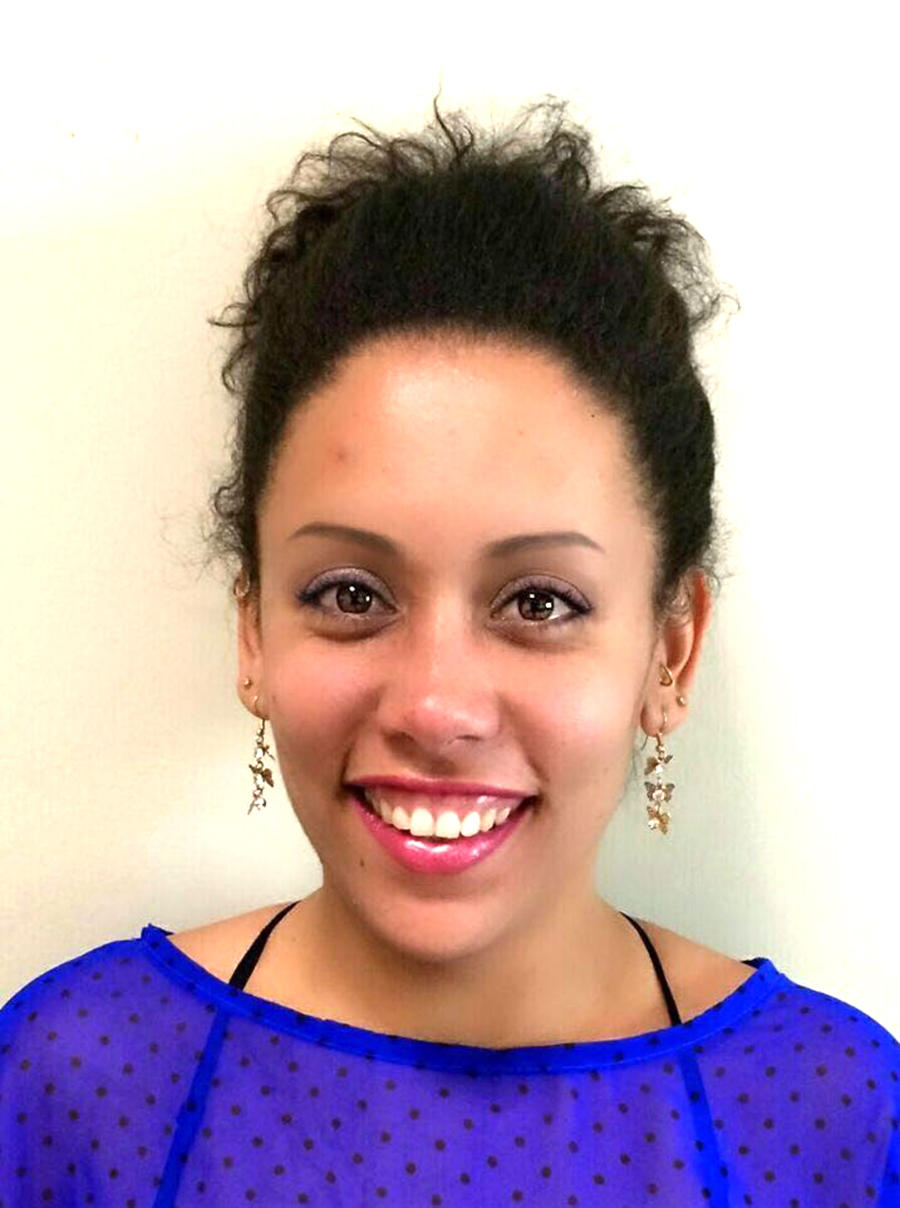By María de las Mercedes Rodríguez Puzo
In 2008, Cuba celebrated its First National Day Against Homophobia, which launched the theme of sexual diversity into mass media.
Since then, the Cuban press has published articles, reports, and interviews on discrimination and exclusion based on sexual orientation, although only on specific dates such as May 17th (International Day against Homophobia, Transphobia and Biphobia), December 1st (World AIDS Day), and December 10th (World Day of Human Rights). Testimonies by gay men, lesbians, and transgender people and opinions of recognized activists frequent these publications.
Several telenovelas have touched on male homosexuality, like La cara oculta de la luna (The Hidden Face of the Moon) and Latidos compartidos (Shared Beats). The cinema has added moving films about transgender people such as Vestido denovia (Wedding Dress), Fátima o el parque de la fraternidad (Fatima or the Fraternity Park), and Viva (Live). Male bisexuality related to prostitution or transactional sex has also been featured in films like Chamaco (Guy), Verde Verde (Green Green), and La Partida (The Last Match).
Recently, television broadcast the miniseries Breaking the Silence, in which a pair of lesbians appeared, and one of the women was killed at the end. If we continue searching, we find the documentary Mujeres entre el cielo y la tierra (Women between heaven and earth), which reflects the conflicts that today face eight homosexual women, recognized cultural icons. Likewise, interviews with organizers and activists of the Cuban Network of Lesbian and Bisexual Women have been published in different formats, although all the interviews focus on daily life and lesbian conflicts.
In theory, “sexual diversity,” an official arm of the Cuban media includes lesbians, gays, bisexuals, and transgender people; in practice, bisexual women are doomed to silence and invisibility. An exploratory review – carried out in February 2017 – shows that they are completely excluded from the media. Not a single representation of visibly bisexual women was found.
Perhaps there is concern for backlash due to the sexist and macho prejudices of some media professionals, or perhaps the media has insufficient training and motivation to develop investigative journalism and opinion pieces on the problems and realities of bisexual women. This absence of bisexual women in the media also influences policy, which does not address LGBT issues as prioritized topics.
In general, mass media reproduce dominant social thought. Through their messages, they construct a symbolic universe, create and claim public meanings that individuals appropriate, reproduce and use in their lives. How these media understand the masculine and the feminine, then, leads to the transmission, construction, re-signification, appropriation, and rejection of salient messages (Moya, 2009).
Is it then possible that the opinions and representations of bisexual women don’t actually reflect the characteristics, needs, interests, and structures of actual bisexual women?
Even though he focuses on male bisexuality, prestigious researcher Ramón Rivero Pino gives us a valuable clue:
Homosexuality, both male and female, still produces in our society great alarm and continues to be a subject that blushes most people. The subject is treated with euphemisms or simply not treated; when it is addressed, most of the time it is done because of prejudice and exclusion. If we analyze this type of sexual orientation from the perspective of gender and sex relations, we can affirm, without doubt, that toward these people, society manifests itself through rejection and segregation.
(Rivero Pino, 2014)
To face the media silence that exists today in Cuba about bisexual women, the first thing we need is the full awareness of who these women are and what they are actually saying. We need to examine the meaning of the words inclusion, equity, and respect, as well as if one freely and democratically chooses a sexual orientation. We need to take a critical look to foster fuller communication beyond patriarchal heteronormative power and understand that bisexual women deserve to be recognized in and outside of the media.
María is a Cuban journalist and editor of the Caminando blog. This article is part of her research toward a Master’s degree in Community Cultural Development.
Bibliography consulted:
Project Rainbow (2015). Cuba: Lesbian Feminism, Trans, Queer … Shared Notes. In http://proyectoarcoiris.cubava.cu/2015/09/cuba-feminismo-ltq/
Moya, I. (2004). Gay also sells. Revista Sexología y Sociedad, (pp. 16-21). Havana: Editorial CENESEX.
Moya, I. (2009). About a Fat Woman Without Feelings, The Feline Devourer and Others. In C.N. Hernández, Gender. Selection of Complementary Readings (pp. 126-130). Havana: Editorial Caminos.
Crono, F. (2014). Different. Cinema and sexual diversity. Havana: ICAIC Editions.
Rivero Pino, R. (2014). Think about masculinities. Havana: Editorial CENESEX

